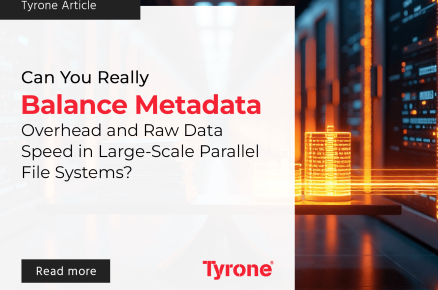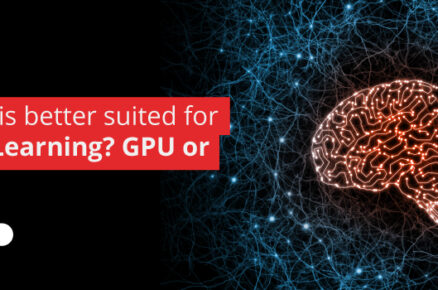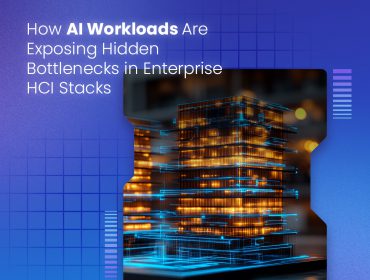Adversarial machine learning in the cybersecurity industry seeks to fool and trick computer models by producing unique fraudulent inputs to confuse the model, resulting in a malfunction. Adversaries may enter data to compromise or alter the output and exploit its weaknesses. Humans are unable to distinguish these inputs with our naked eyes, which leads the model to fail.
There are several types of vulnerabilities in Artificial Intelligence systems, such as text, audio files, and photographs. Cyberattacks are significantly easier to execute, such as changing merely one pixel in input data, which can lead to misclassification.
Large volumes of labelled data are required to train machine learning models efficiently and generate correct results. If you do not have a reputable supply of data, some developers utilize datasets released on data sharing platforms, which have possible flaws that might lead to data poisoning attacks. Someone, for example, may have interfered with the training data, impairing the model’s capacity to deliver precise and accurate outputs.
Adversary assaults are classified into two types: White Box and Black Box.

What are Whitebox and Blackbox Attacks?
When an attacker has complete access to the target model, this is referred to as a white box attack. This provides the architecture and characteristics that enable them to generate adversarial samples on the target model. White box attackers will only have access if they are working as a developer and testing the model. The developers are well-versed in network design. They understand the concept and develop an attack plan based on the loss function.
A black box attack occurs when an attacker cannot access the target model and can only analyze its outputs. They do this by generating adversarial samples utilizing query access.
Adversarial Attacks on Artificial Intelligence /Machine Learning
There are different types of adversarial attacks that can occur.
Poisoning
During training, attacks on machine learning models are called ‘poisoning’ or ‘contaminating.’ This needs the adversary to have access to or control the training data, which we call a white-box attacker.
An opponent feeds erroneously classified data into a classifier, which they mistakenly identify as innocuous yet has a harmful consequence. Misclassification will result in inaccurate outputs and judgments in the future.
An adversary can influence this by leveraging their expertise in the model’s outputs to gradually inject data that reduces the accuracy of the model, a technique known as model skewing.

Model extraction
Model extraction is a type of black box assault. Because the adversary does not have access to the model, their method is to attempt to reconstruct the model or retrieve the output data.
This approach is common in highly secret and monetizable models, such as extracting a stock market prediction model.
The employment of graph neural networks (GNN), which are commonly employed to analyze graph-structured data in application fields such as social networks and anomaly detection, is an example of a black box assault. GNN models are essential assets that make opponents want to target them.
The data owner trains an original model, while the adversary receives predictions from another model that mimics the original model. To simulate the model’s functionality, the adversary may charge others for access to these outputs on a pay-per-query basis. This effectively allows the adversary to reproduce the model through constant adjustment.
Avoiding Adversarial Attacks
The following are two easy measures that businesses should take to avoid hostile attacks
Before being Attacked, Learn
Adversarial training is one method for improving the efficiency and defense of machine learning by generating attacks on it. Provide many hostile samples and allow the system to learn about future adversarial assaults, assisting it in developing its immune system to such attacks. As a result, the model can either notify or be tricked by each.
Frequently Changing your Model
Changing the methods employed in the machine learning model regularly will provide recurring roadblocks for the adversary, making it more difficult for them to hack and learn the model. One method is to break your model, using trial and error to identify its flaws and understand the modifications needed to enhance it and limit adversarial attacks.

Conclusion
Many businesses are investing in AI-enabled technologies to improve their abilities to solve issues and make decisions. AI may aid our defense departments, where data-driven scenarios may boost awareness and accelerate decision-making. To guarantee that the AI-enabled technology complies with the necessary performance and safety requirements, the authorities must assess its capabilities and limits.
We must be more cautious and aware of the hazards involved with machine learning and the significant potential for data abuse. Organizations investing in and implementing machine learning models and artificial intelligence must have the proper processes to limit the danger of data corruption, theft, and adversarial samples.












